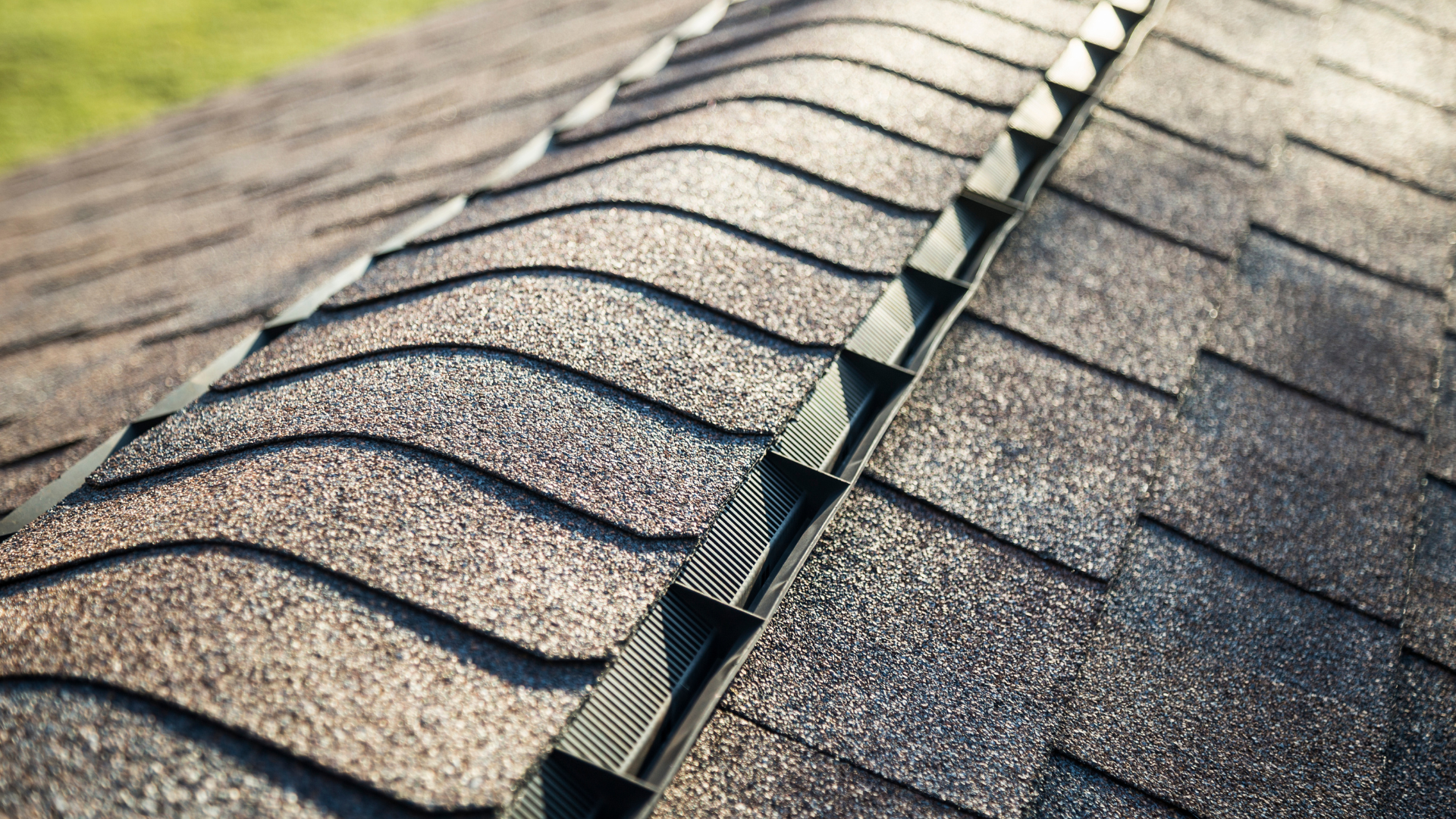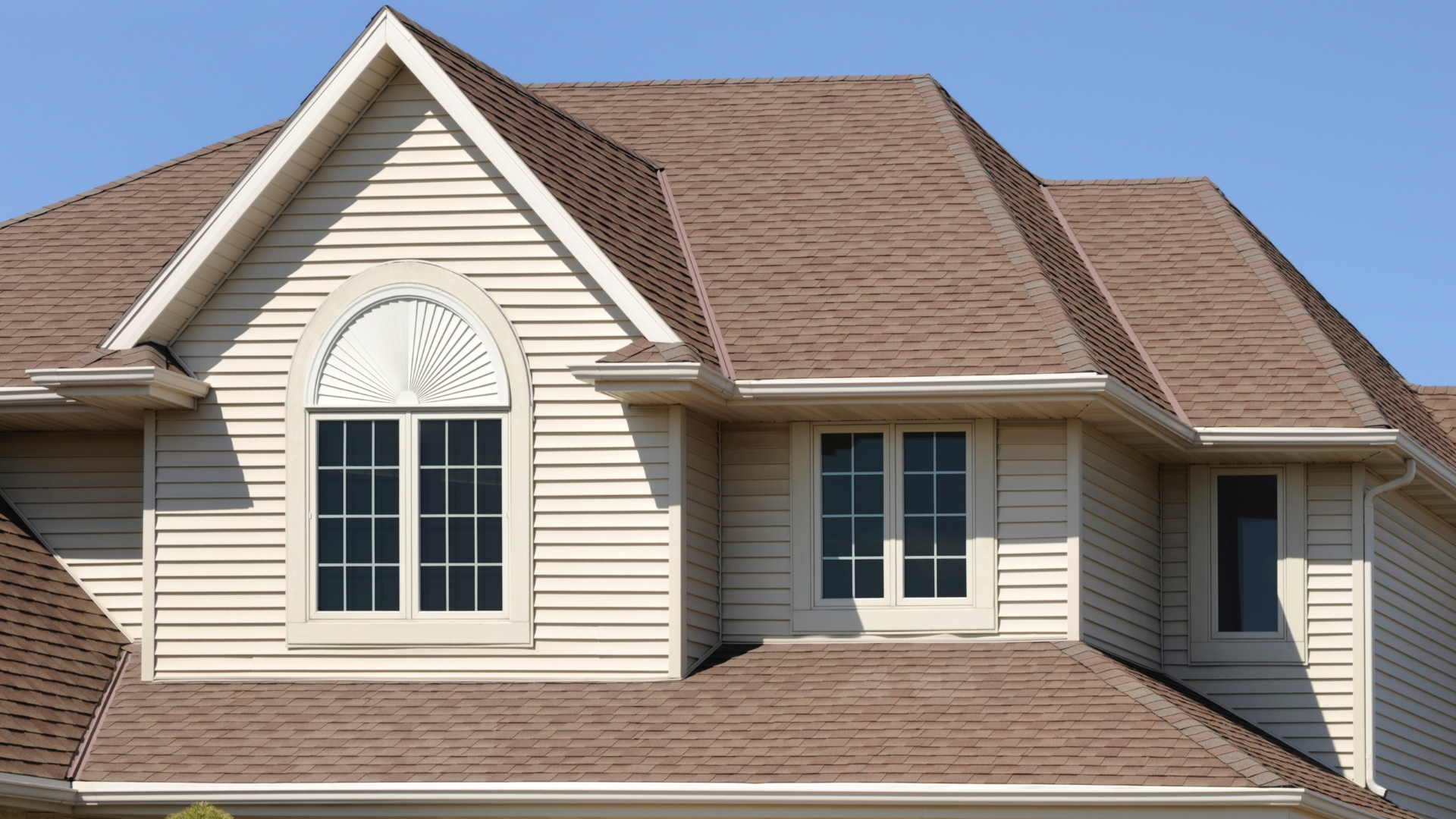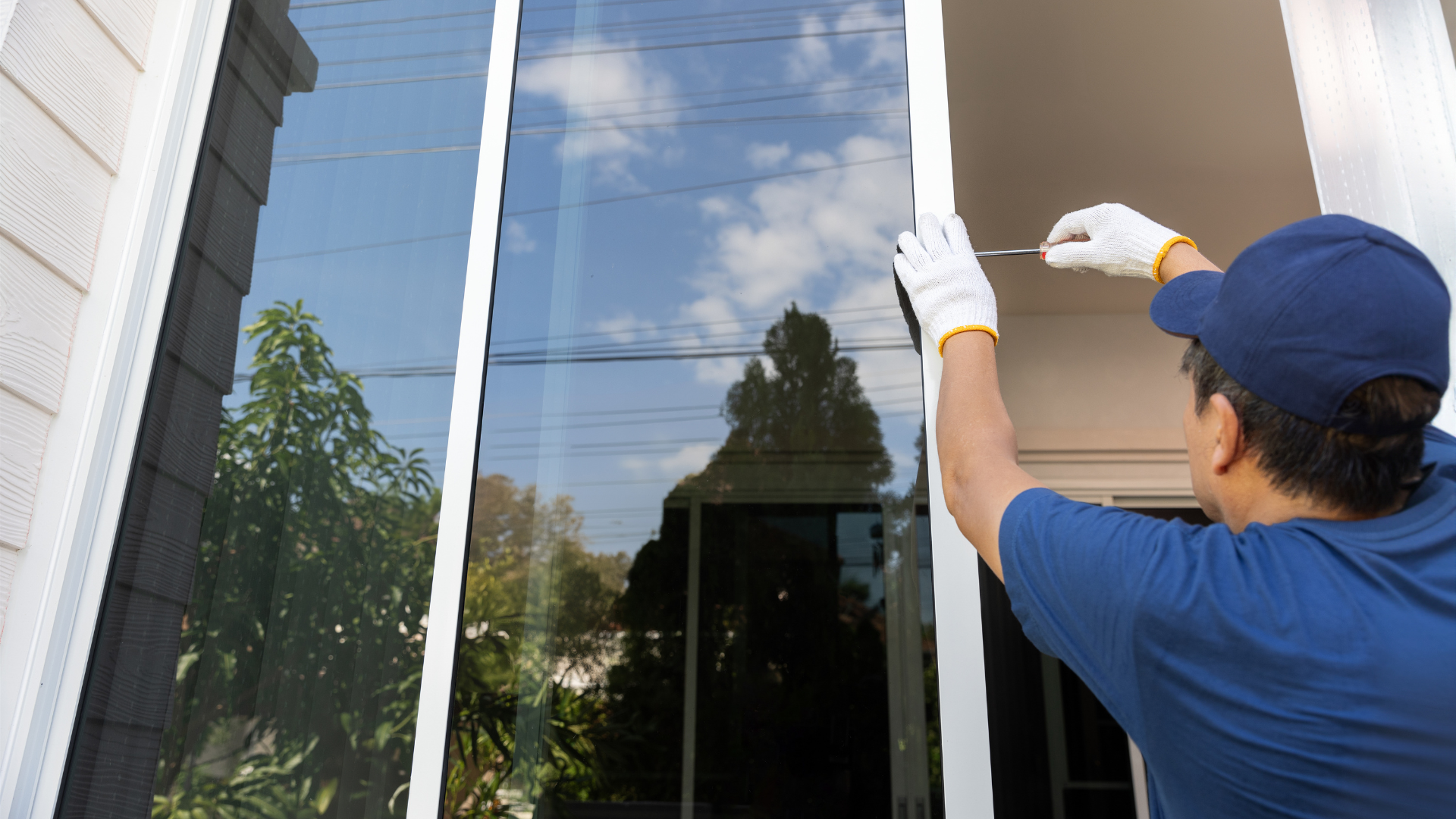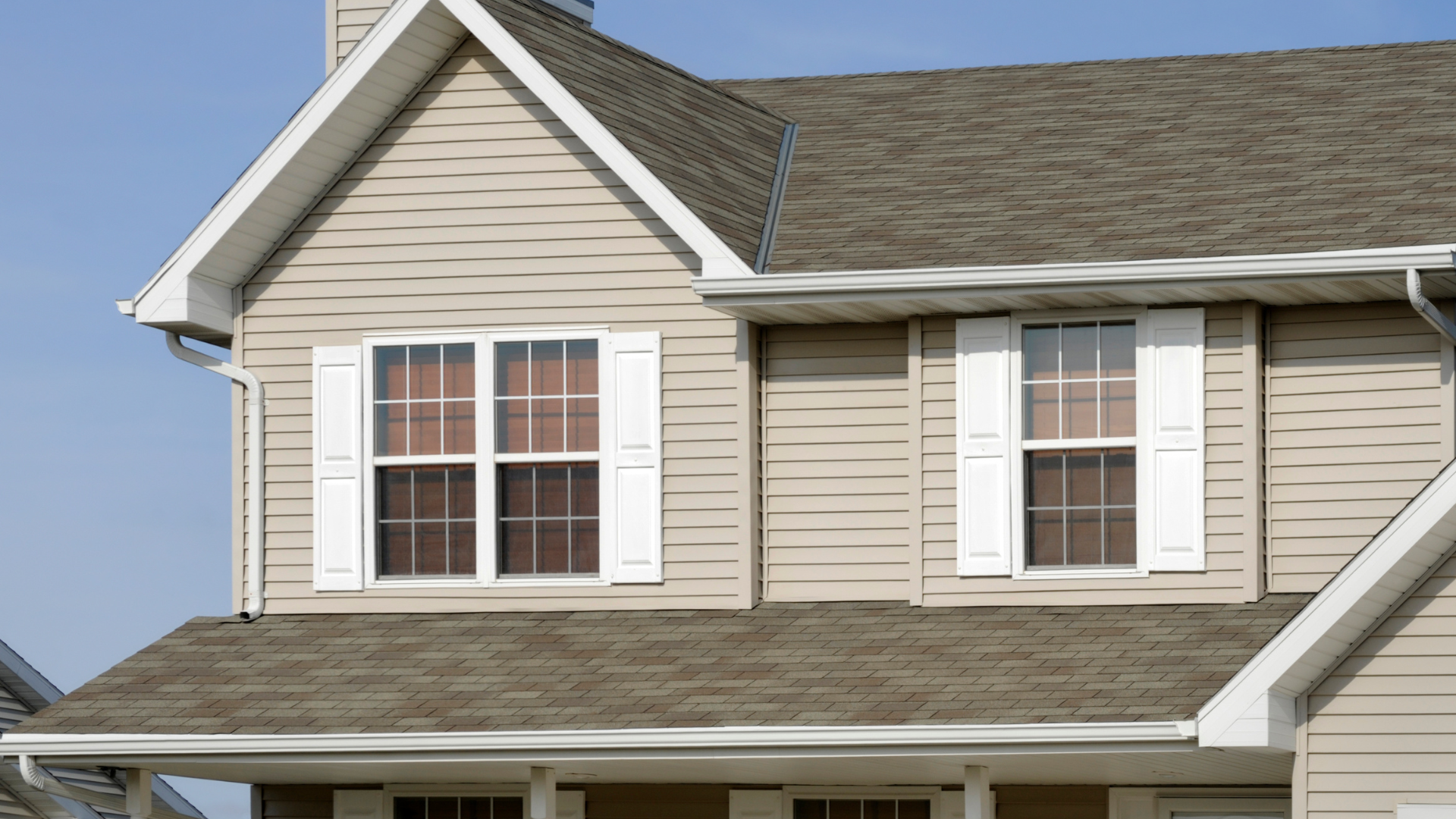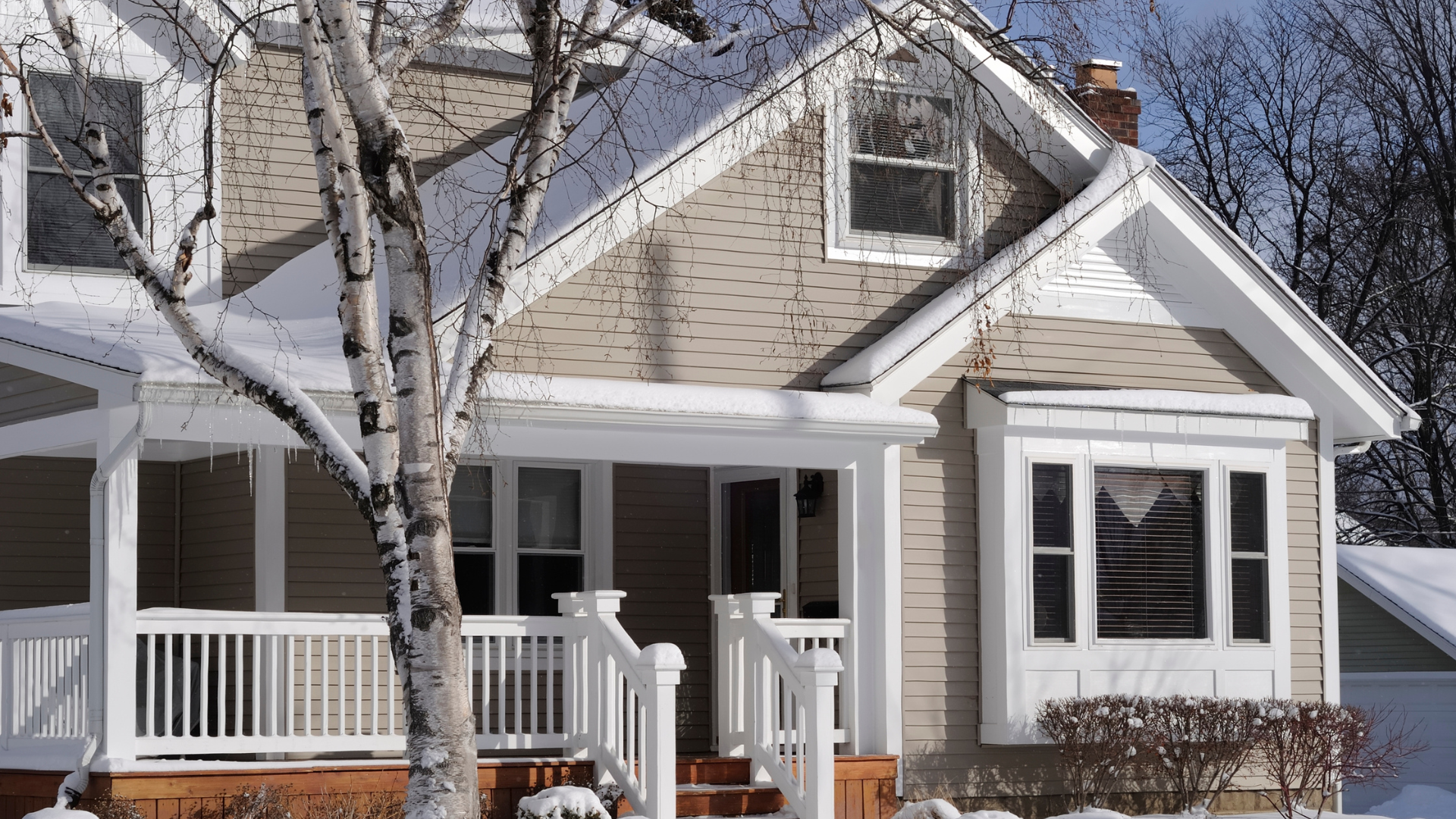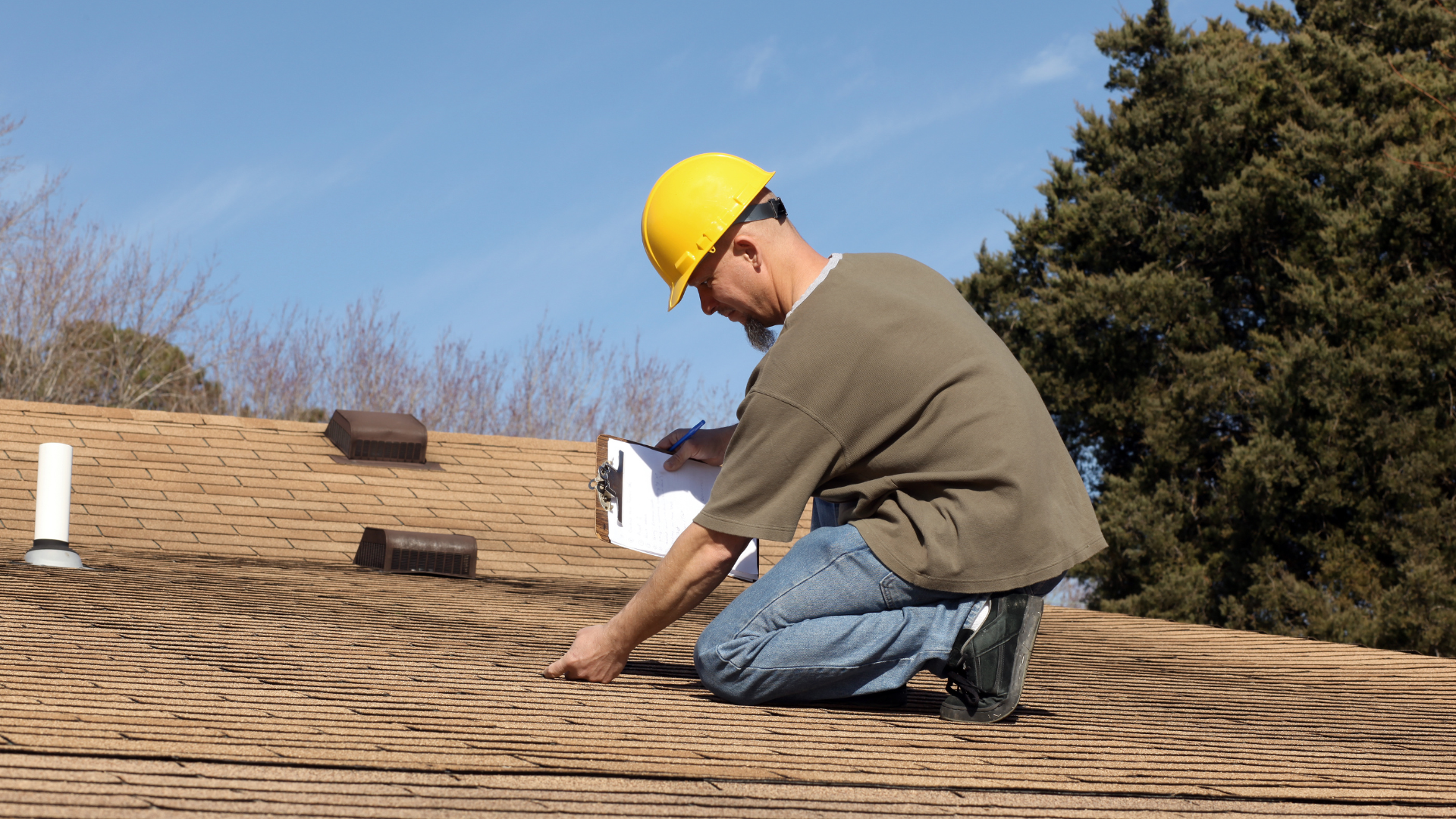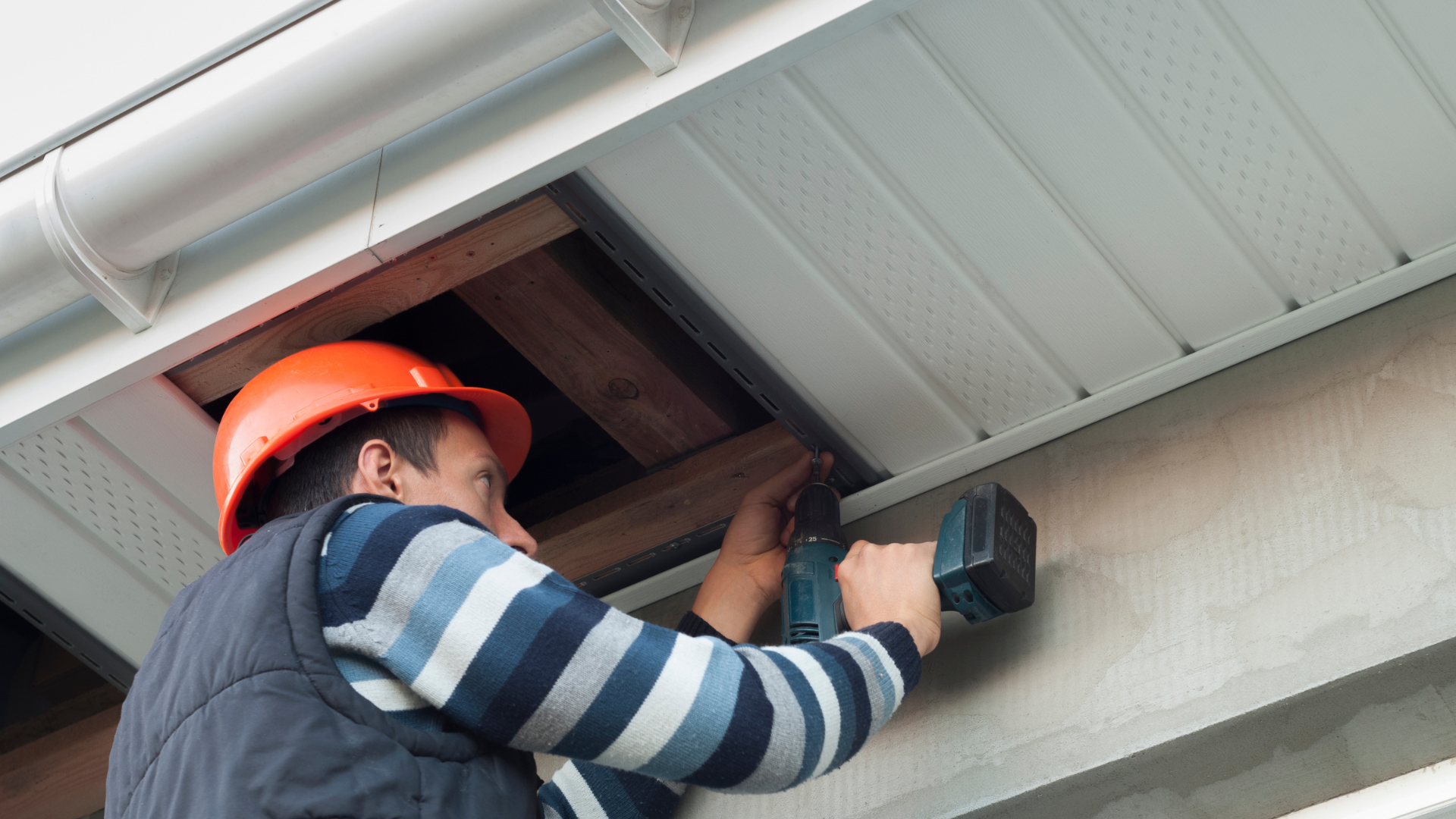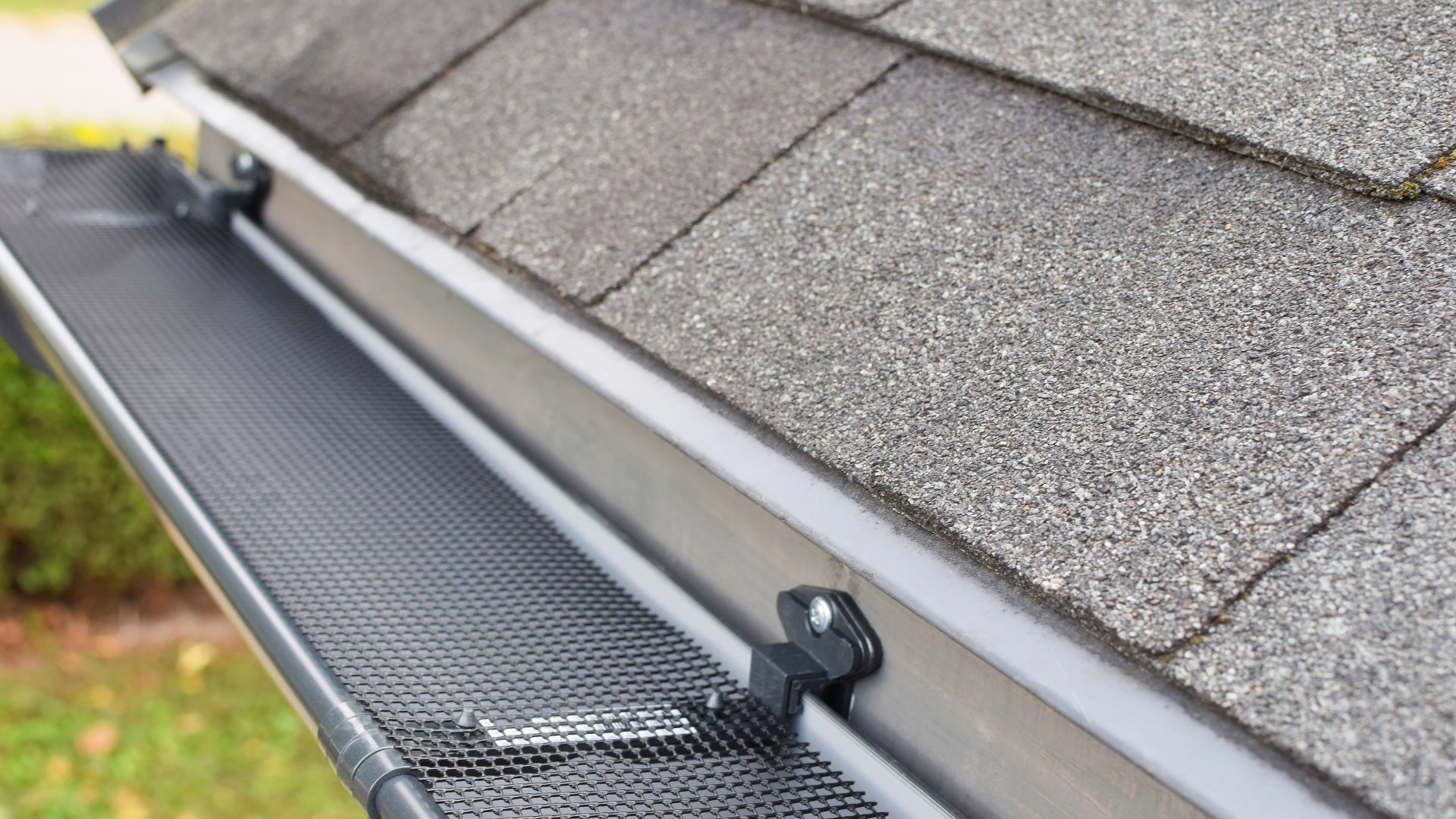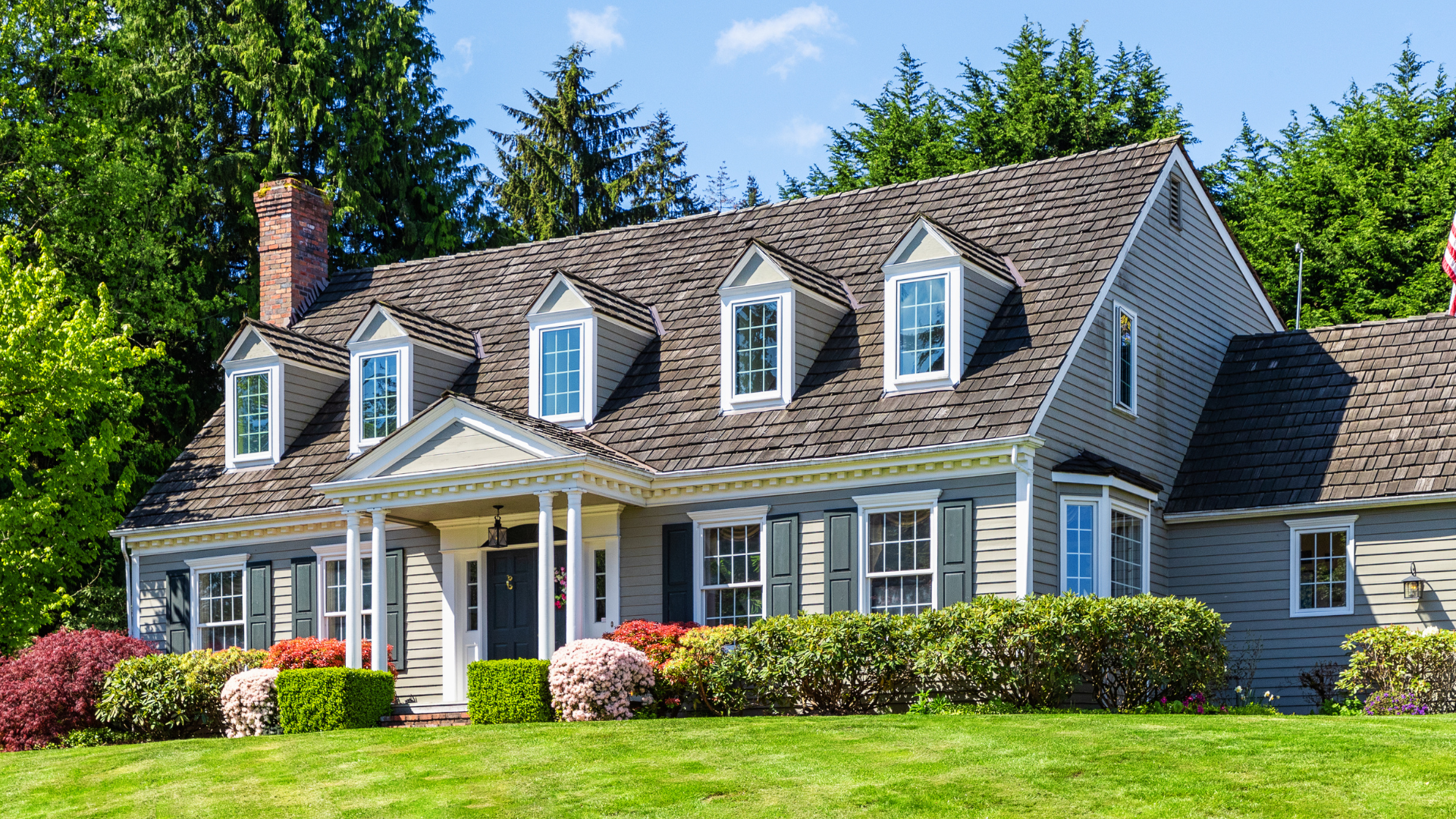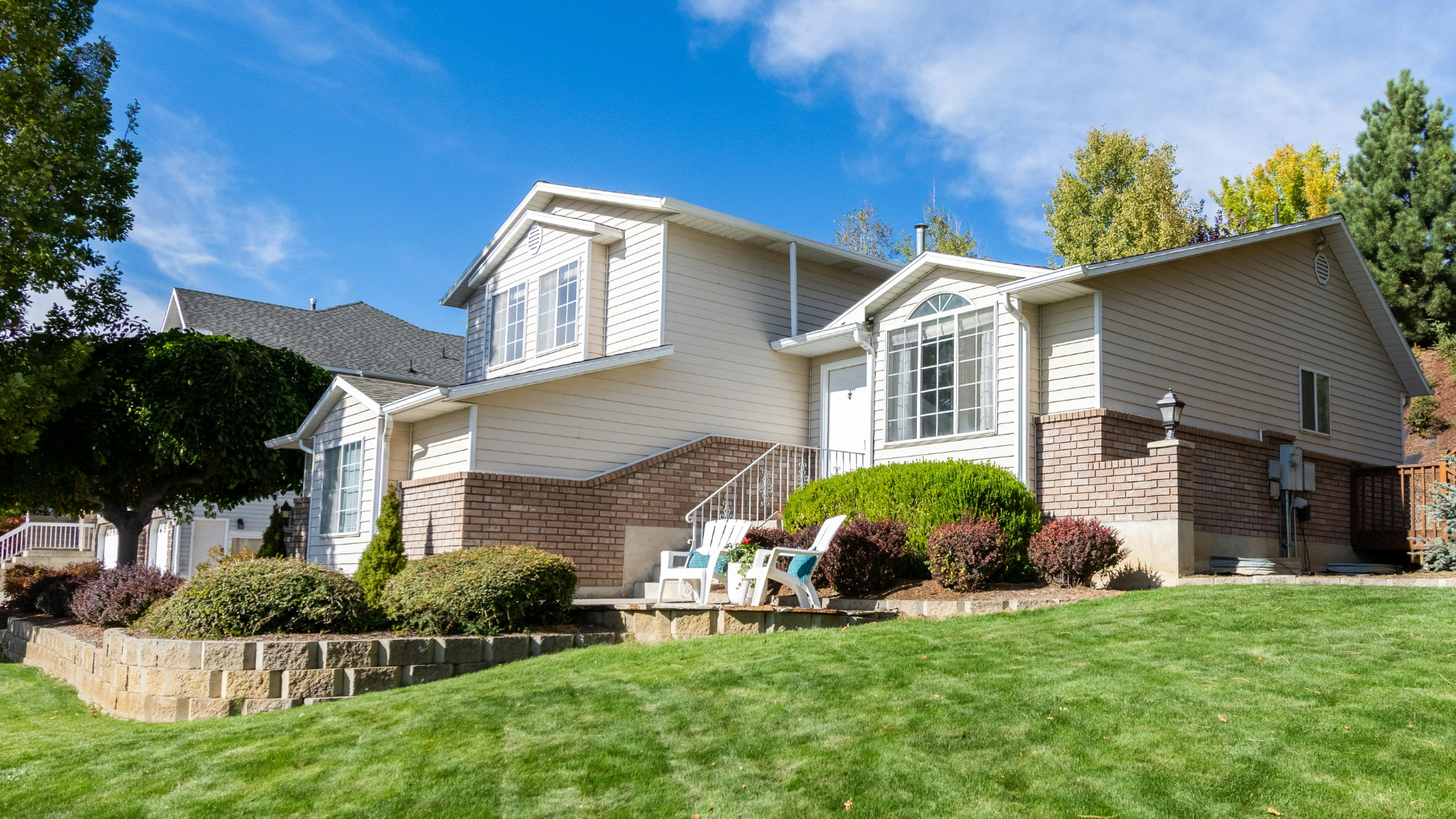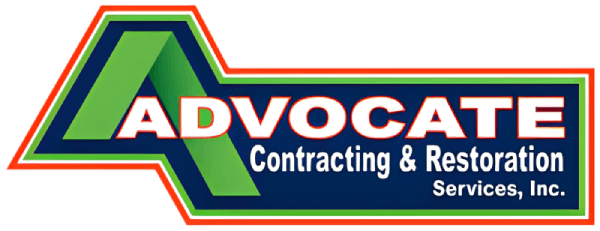Why Spring and Fall Are Prime Seasons for Roof and Siding Replacement in Wisconsin
Timing Your Roof and Siding Replacement for Maximum Efficiency
In Wisconsin, home maintenance is closely tied to the weather. With long winters, hot summers, and unpredictable storms in between, timing your roof and siding replacement can make all the difference in both cost and results. For most homeowners, that means targeting the sweet spots of spring and fall. Here’s why these seasons work best — and how they can help you protect your investment.
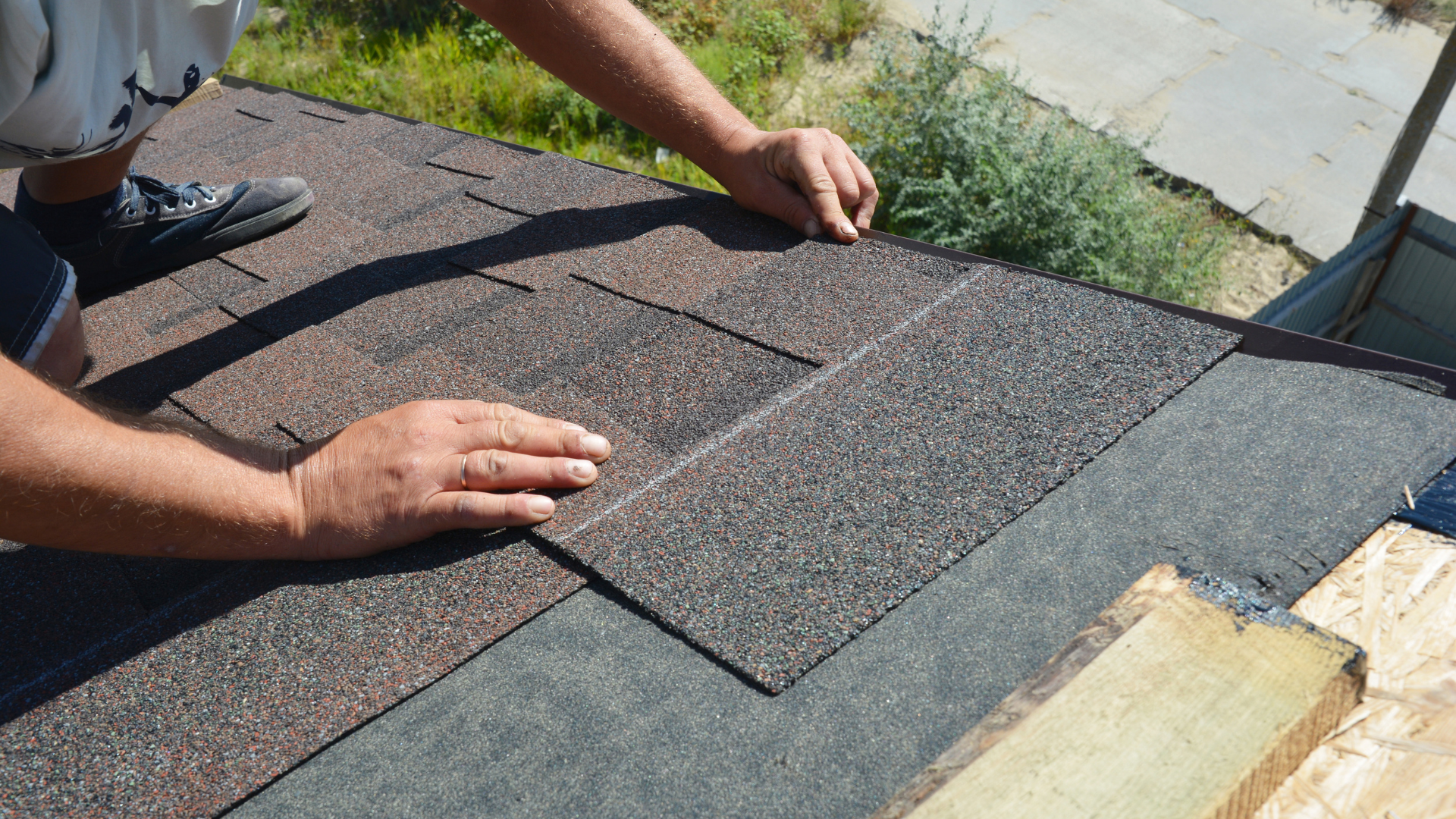
Stable Temperatures Mean Better Installation
Extremes in temperature affect how roofing and siding materials behave. In the dead of winter, shingles can become brittle and difficult to install without cracking. In the heat of summer, they may become too soft, increasing the risk of damage during installation. The adhesives used in roofing and siding systems also have optimal temperature ranges for bonding properly.
Spring and fall typically offer moderate temperatures, which help materials perform as expected. Your crew can work more efficiently, installations are smoother, and you’re less likely to run into problems down the road caused by poor adhesion or thermal movement during application.
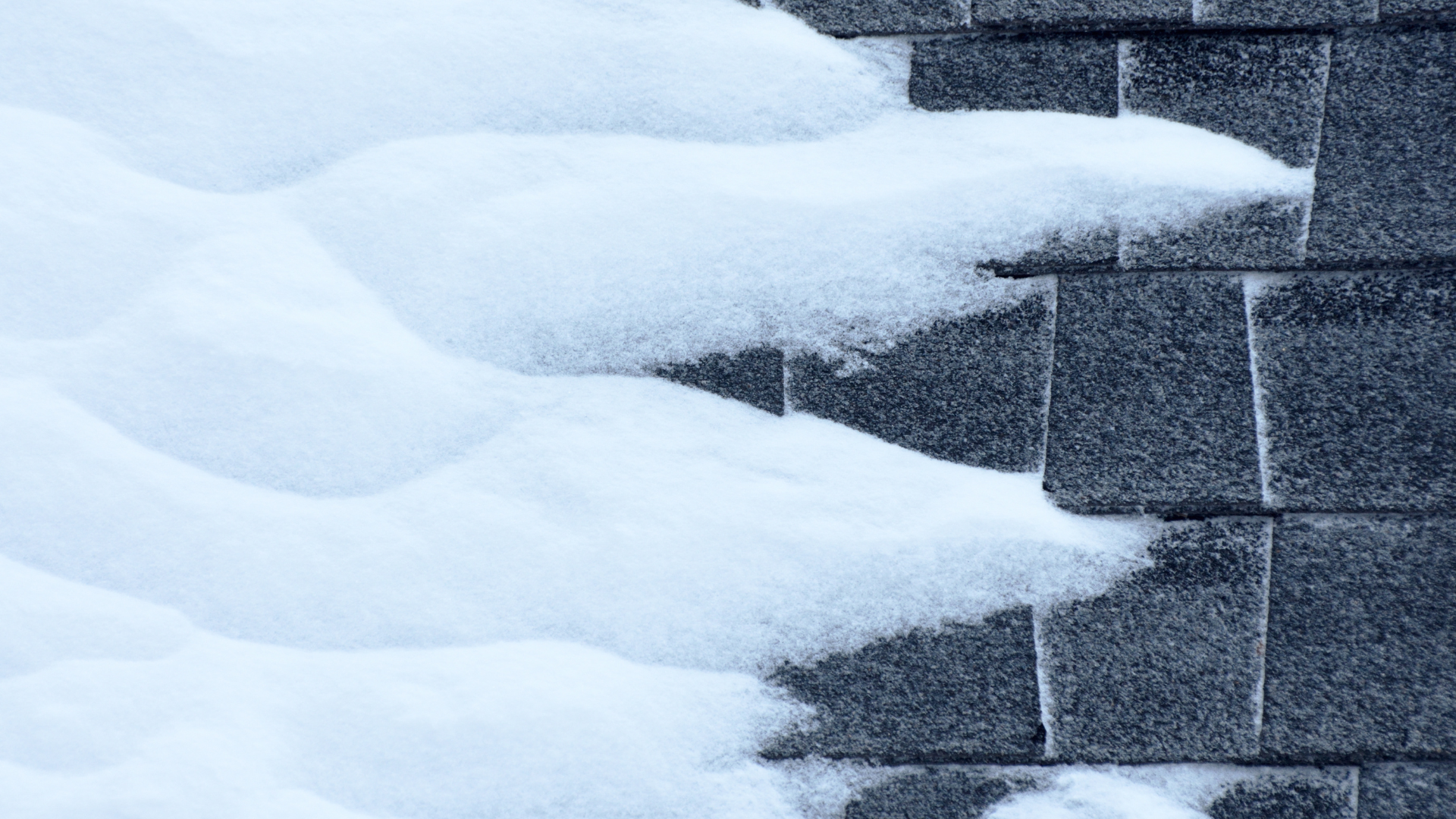
Avoid Delays from Harsh Weather
Wisconsin’s winters are long and unforgiving. Ice, snow, and freezing temps can bring exterior construction to a halt. Summer brings its own challenges — intense heat, humidity, and sudden thunderstorms that can cause dangerous working conditions or delay progress.
Spring and fall provide a more reliable working window. With fewer weather-related interruptions, your project is more likely to stay on schedule, reducing labor costs and limiting how long your home is exposed to the elements.
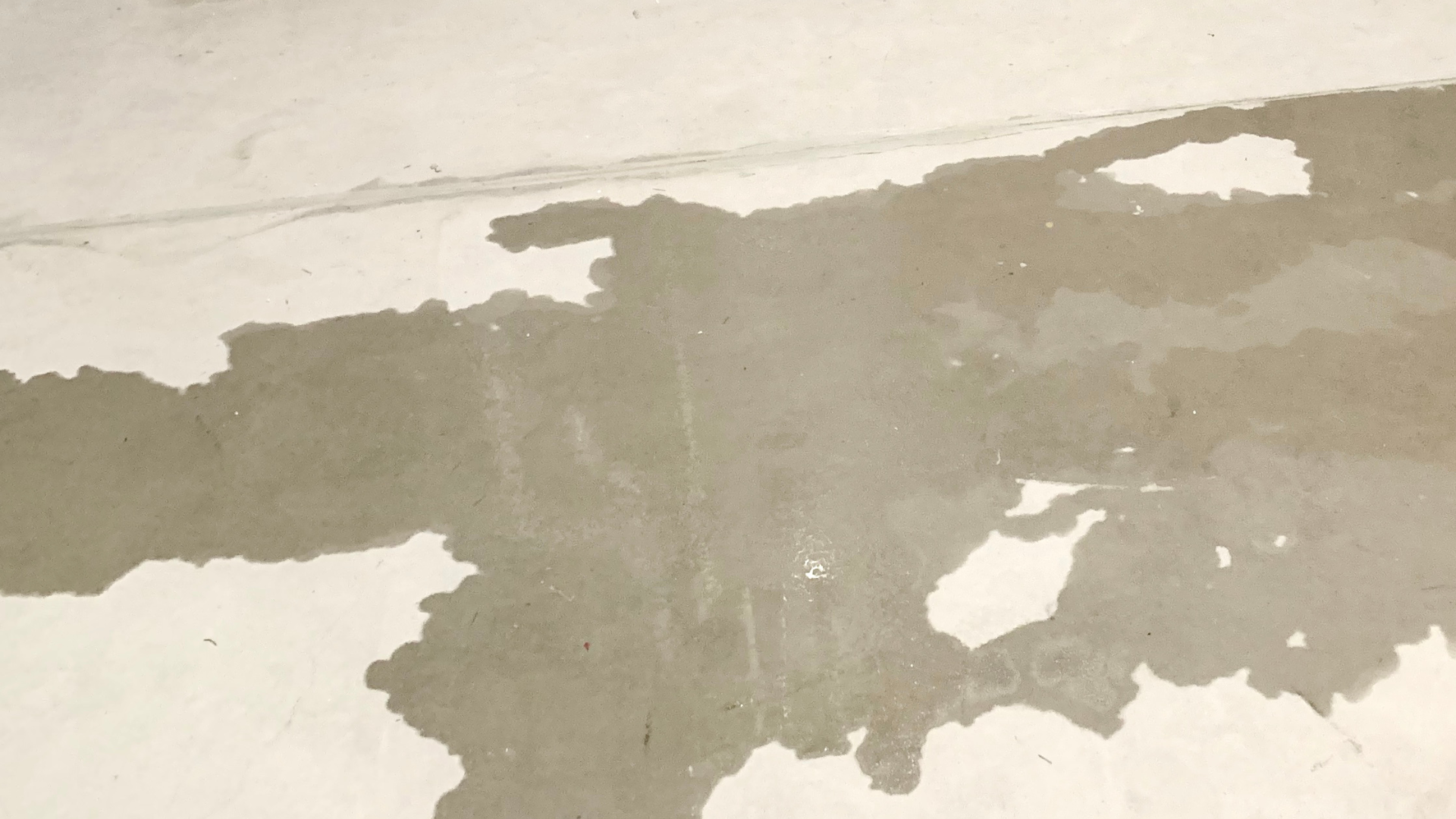
Lower Risk of Water Intrusion
Replacing a roof or siding system exposes portions of your home’s structure to outside air and moisture — especially during the tear-off stage. You want this exposure to be as short as possible and to avoid working in high-risk weather. Spring and fall typically have more manageable rain patterns, making it easier for your contractor to plan around the forecast and complete the job efficiently.
Plus, by finishing the work before winter or heavy summer rains hit, you prevent water from seeping into weakened or exposed areas — avoiding costly damage to insulation, framing, or interior walls.
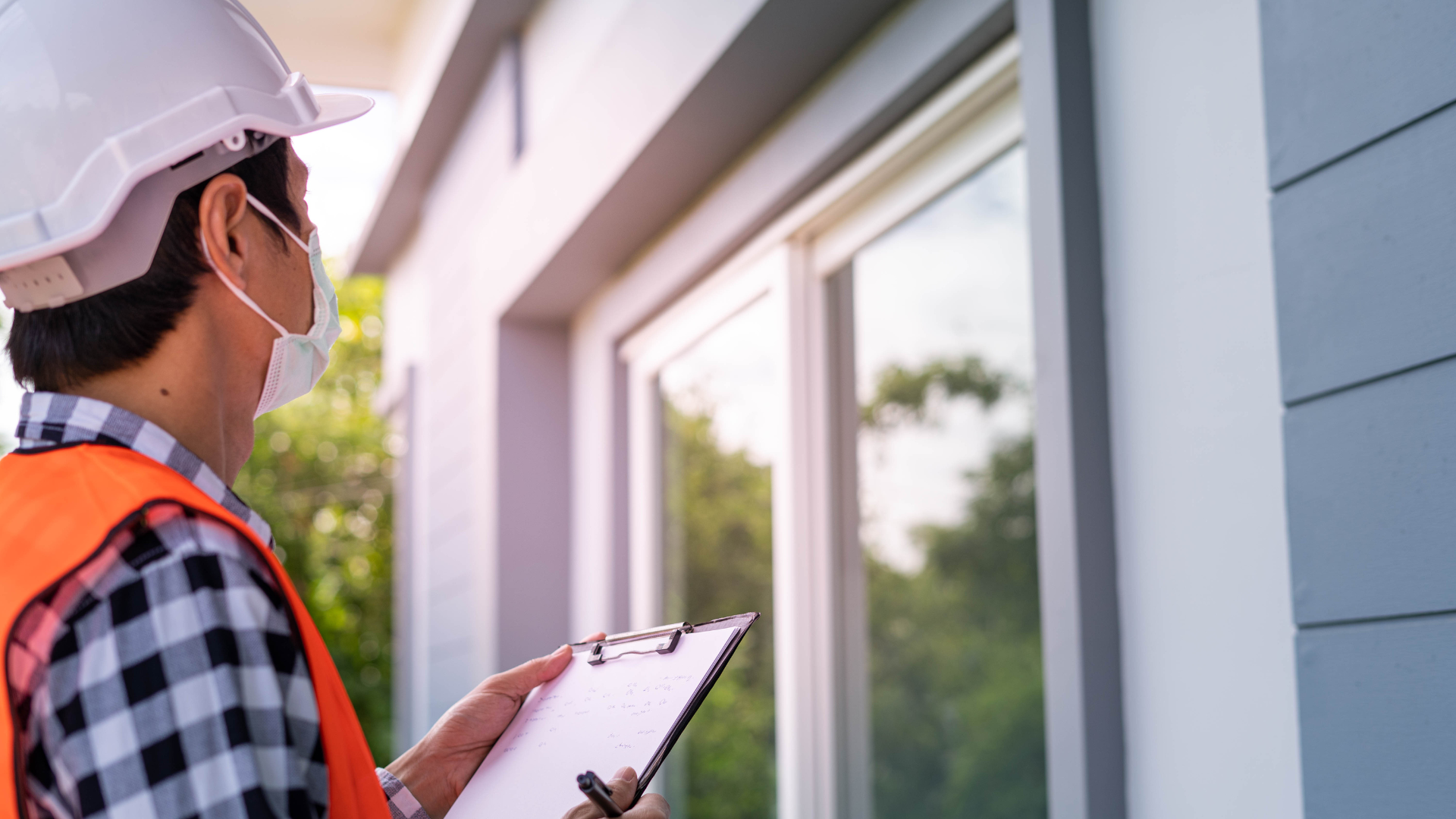
Ideal Time for Insurance Claims and Inspections
Spring and fall are also smart times to schedule professional inspections, especially after a rough winter or summer storm season. If you’ve experienced wind, hail, or heavy snow, there may be damage you can’t see from the ground.
Replacing a roof or siding system in these seasons gives you a chance to catch issues early — before they lead to interior damage or mold. If a claim is needed, contractors are more likely to have open availability in the early spring or mid-fall than during peak storm season in late summer.

Boost Curb Appeal Before Selling
If you’re thinking about putting your home on the market, timing is everything. A new roof or fresh siding installed in spring or fall can help boost curb appeal ahead of peak real estate season, which typically begins in late spring and runs through summer.
Buyers notice exterior updates, especially when they know they won’t have to handle those big-ticket items themselves. Investing in your home at the right time can pay off in both value and sale speed.
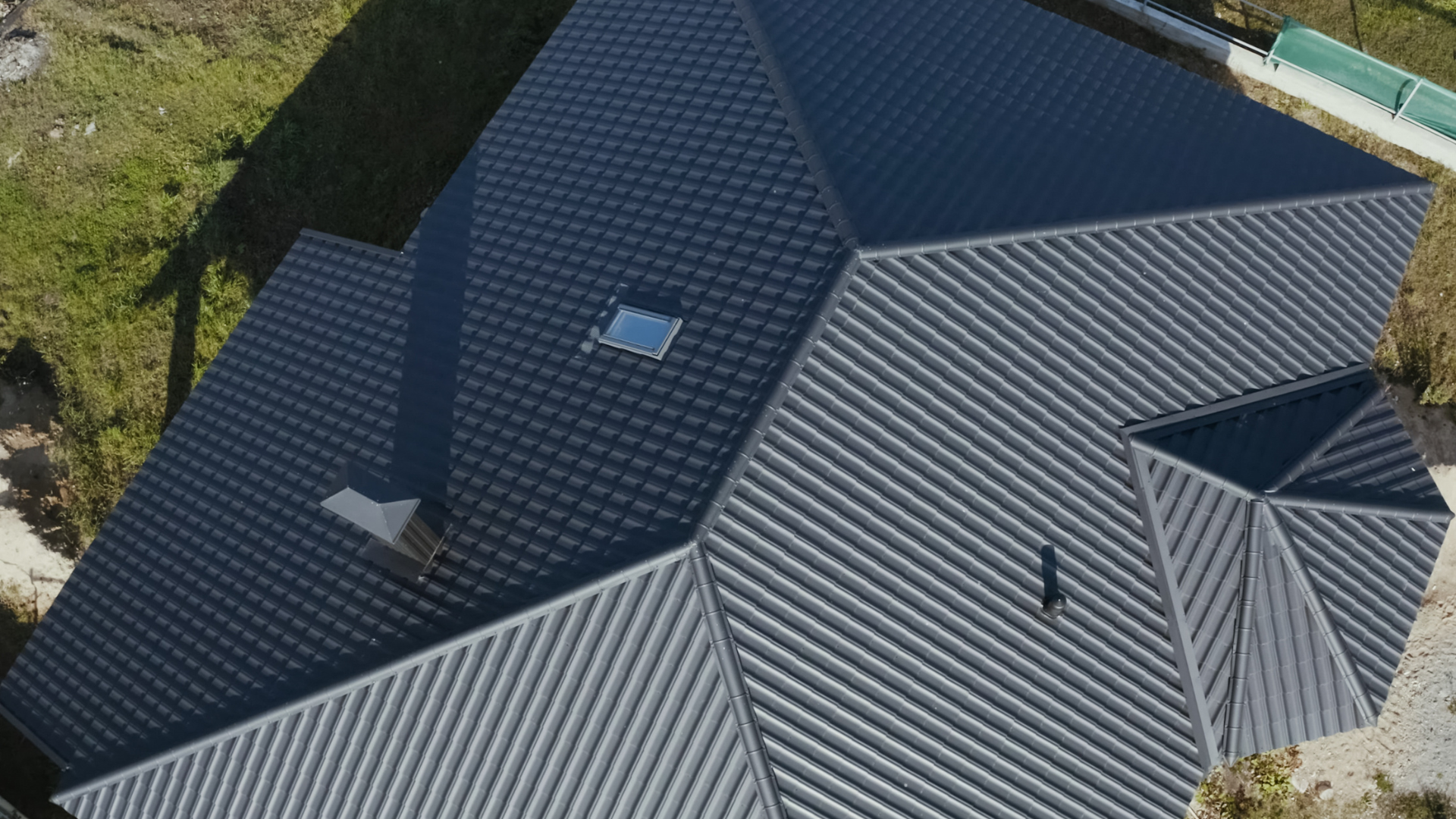
Ready to Plan Your Project?
If you’re considering a roof or siding replacement in Wisconsin, Advocate Contracting is here to help. Our team knows the local climate inside and out, and we’ll guide you on the best timing, materials, and options for your home.
Spring and fall don’t just offer better weather — they offer a better experience. Reach out today to schedule a free inspection and start planning before the next season catches you off guard.
